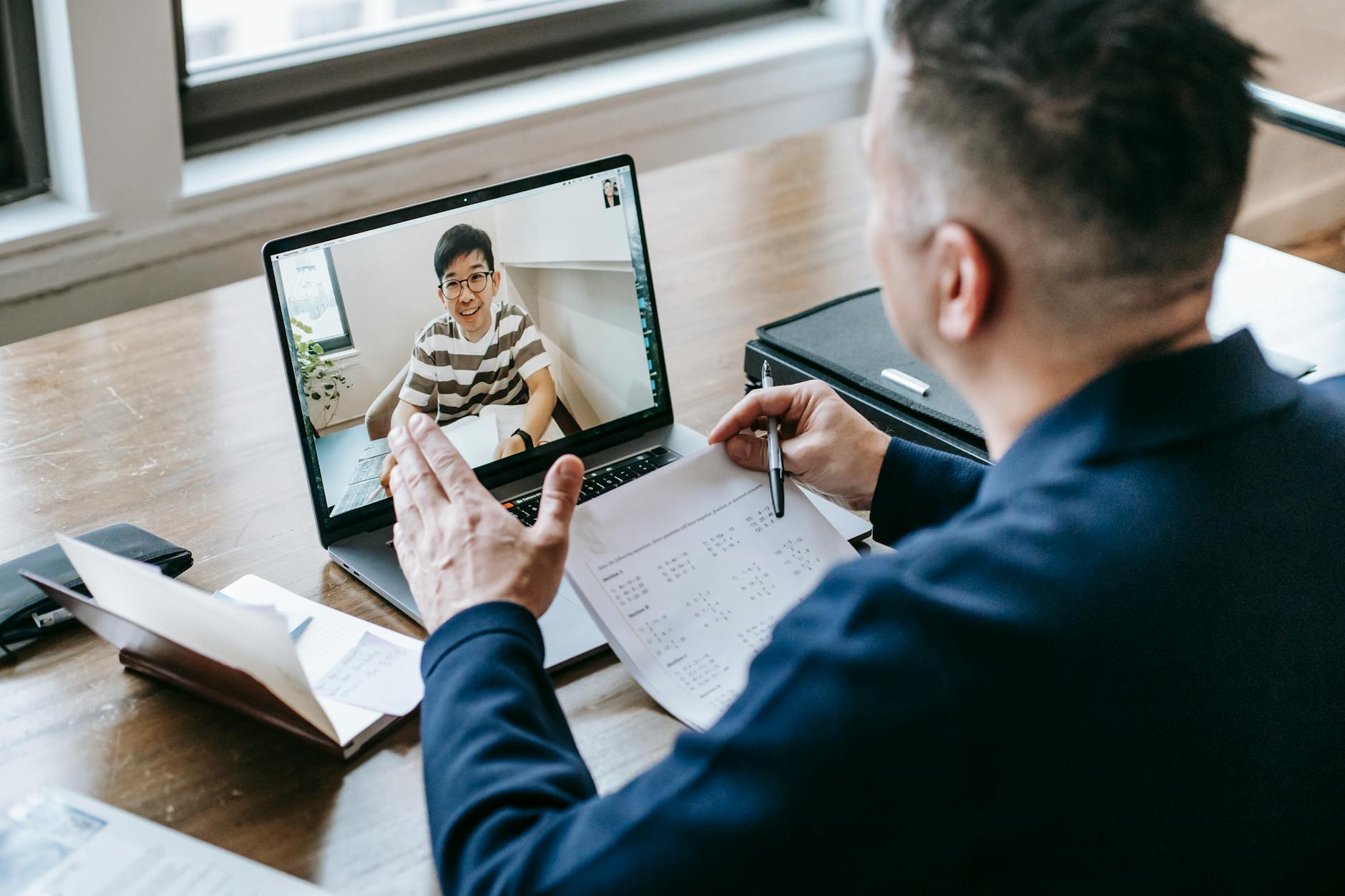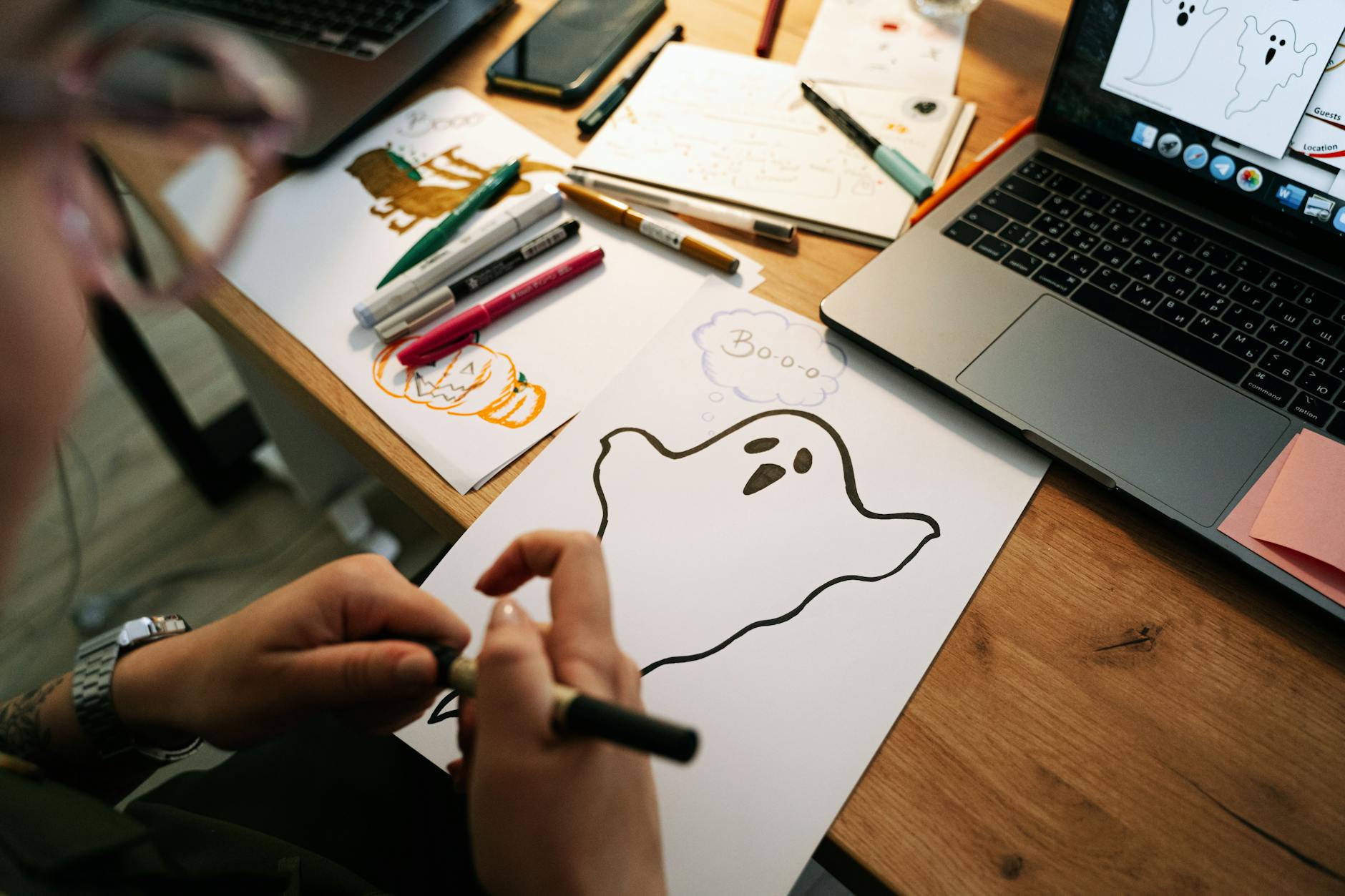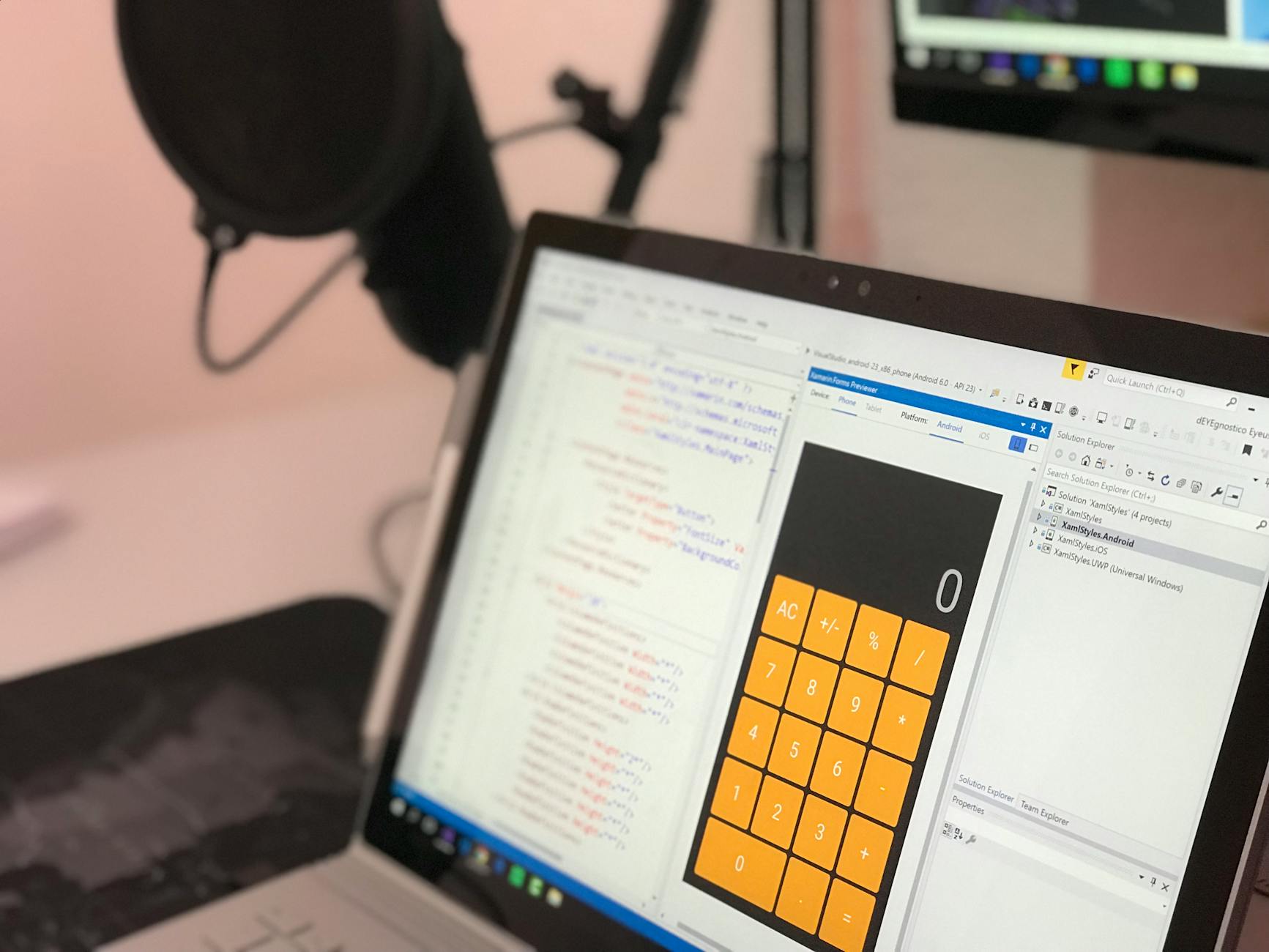How to Establish a Small Recording Studio for Schools in Australia

Planning the Studio
Identifying Space Needs
As I embarked on planning a studio, the first step was understanding the specific space requirements to accommodate multiple uses. The flexibility of your studio can make a significant difference, particularly when balancing the needs for both creativity and practicality. Just like our workshops at the Australian Centre for the Moving Image, having a varied, adaptable environment promotes innovation and efficiency.
Setting Acoustics and Soundproofing
Optimising acoustics is vital. With the strategic placement of acoustic panels, I can indeed control sound reflections and create a balanced audio space. Equipping a room with soundproofing enhances the overall quality, reducing external noise and ensuring that instruments like guitars and basses produce the best sound possible. These measures are akin to equipping a classroom with the best resources available from the State Library Victoria.
Designing a Layout
When I began designing my studio’s layout, I focused on functionality. Considering the position of PTZ cameras for flexible recording options, alongside space for broadcast solutions, can significantly elevate the production quality. The layout should encourage seamless technology integration. Creating designated areas for equipment and collaborator interactions mirrors the collaborative spirit found at Federation Square, offering a space that fosters innovation and teamwork.
Emphasising these foundational elements sets the stage for an environment where creativity and technology blend seamlessly, allowing for growth and adaptability in any studio setting.
Essential Equipment
Selecting Recording Equipment
To equip a music therapy studio that resonates with transformative potential, selecting recording equipment is pivotal. Given the emphasis on clarity and quality in therapeutic settings, start by considering high-quality acoustic panels. These panels not only enhance sound quality but also create an environment conducive to healing music sessions. When it comes to technology that controls multiple devices with ease, a universal remote becomes indispensable. By simplifying the operation of various equipment, it enables a seamless flow in therapy sessions without technical hiccups.
Incorporating data projectors can elevate the studio’s capability to deliver visual aids alongside musical interventions, further enriching therapeutic experiences. These projectors can help create immersive environments, supporting the multi-sensory approach often championed in advanced music therapy.
Given our setting in Melbourne, a visit to the Australian Centre for the Moving Image might inspire ideas on how technology can be used effectively in creative spaces. This approach ensures that your studio isn't just a room with musical instruments but a versatile space that integrates cutting-edge technology to foster healing and creativity.
By investing in these essentials, you set the stage for a studio that harmoniously combines music and innovative tools, ready to meet the technological aspirations in music therapy.
Technology Integration
Installing Audio Interfaces
As I embarked on integrating technology into this studio space, selecting the right audio interface emerged as a crucial step. Audio interfaces serve as a bridge between musical instruments and the computer, ensuring that the nuances of sound are accurately translated into your digital workstation. When considering recording sessions in a dynamic setting like Federation Square, it's essential to prioritise interfaces that offer great sound detail and low latency.
Implementing Networking Solutions
Implementing robust networking solutions is another cornerstone for a well-connected studio. Seamless connectivity enables efficient collaboration and access to online resources, which are especially useful for workshops at the Australian Centre for the Moving Image. In addition to standard WiFi, consider integrating Ethernet connections for blazing-fast internet speed and reliability. For sessions that require multimedia, reliable networking ensures smooth operation, facilitating access to cloud-based tools and content streaming.
Utilizing Assistive Technologies
When considering assistive technologies, the incorporation of tools like universal remotes and data projectors can create inclusive and adaptable environments. These technologies can enhance engagement by allowing therapists to control multiple devices while managing therapeutic sessions. Additionally, integrating recording microphone systems with assistive technologies makes it easier to capture high-quality audio for detailed analysis. It’s also vital to ensure proper connection using appropriate AV cables, which guarantees effective transmission and reception of multimedia content.
Building a Collaborative Environment
Crafting a collaborative environment requires a focus on shared learning and creativity. One key element is the integration of a hearing loop system. This empowers individuals with hearing impairments to participate fully in sessions, ensuring everyone can engage in discussions and activities without barriers. Additionally, installing quality loudspeakers can dramatically enhance the auditory experience. This makes the environment more immersive and helps in capturing the nuances of music and voice during collaborative music therapy sessions.
To truly engage students and staff, promote an atmosphere of open dialogue and feedback. Introducing brainstorming sessions where creative ideas flow freely can be incredibly empowering. This could be facilitated by designing spaces that are both functional and inspiring, much like those you might find at the Australian Centre for the Moving Image's interactive workshops. Encourage the use of varied resources and technologies to spark creativity, aiming to inspire innovative projects and ideas.
Encouraging creative projects is about more than just setting up the right technology. It's about creating platforms for collaboration, much like those found at Federation Square, where artists come together to share ideas and insights. Building an environment rich in resources and supportive in nature can become the bedrock for endless creativity and innovation.
Best Practices
Regular Maintenance and Upgrades
Regular maintenance and timely upgrades are paramount for a recording studio to function smoothly and efficiently. Just as the Australian Centre for the Moving Image regularly updates its exhibits, you should ensure your studio equipment receives periodic check-ups. Maintaining your audio interfaces and instruments will prevent unexpected malfunctions, which can disrupt sessions. Meanwhile, staying current with software updates for editing tools like Pro Tools educational discount ensures that you and your team can utilise the latest features and improvements.
Facilitating Continuous Learning
Education is at the heart of innovation. At Federation Square, collaboration opportunities often result in fresh ideas and practices. Similarly, creating an environment where learning is ongoing will inspire growth. Consider using resources from the State Library Victoria to stay informed on the latest techniques and trends in the music industry. Engaging in workshops or webinars can further broaden your team's skills, enhancing both individual and group creativity within the studio setting.
Emphasizing Safety and Security
Safety and security are non-negotiable. Prioritise the safeguarding of both your physical and digital environments. Ensure that the studio's electrical systems are up to code and that fire extinguishers are accessible. In the digital realm, protect your files with robust security measures; regular backups are a must for preventing data loss. By creating a secure environment, you further provide peace of mind for everyone involved, allowing creativity to flourish without unnecessary disruptions.


